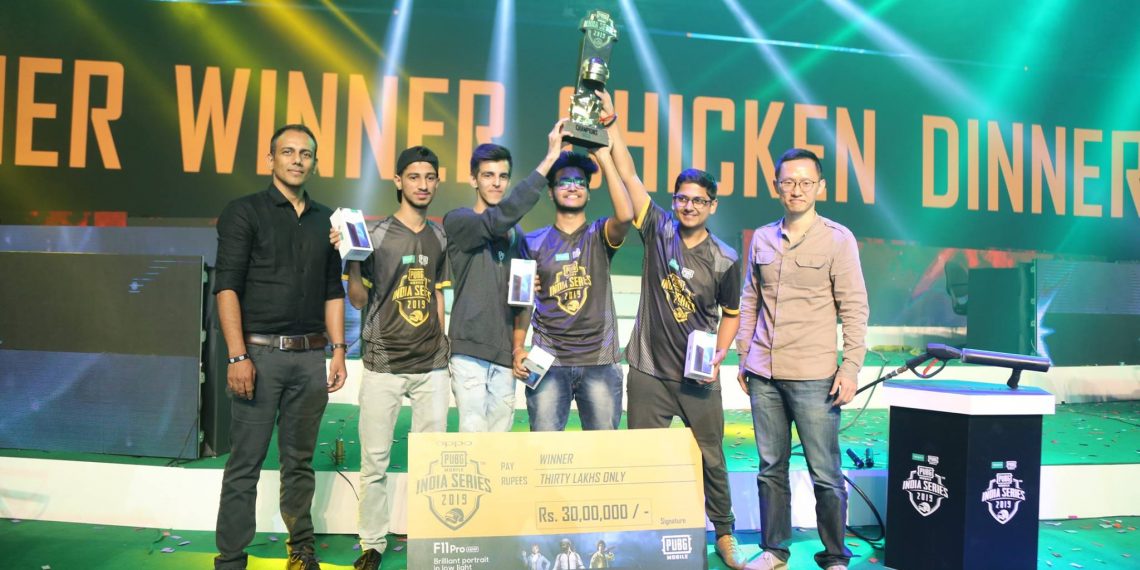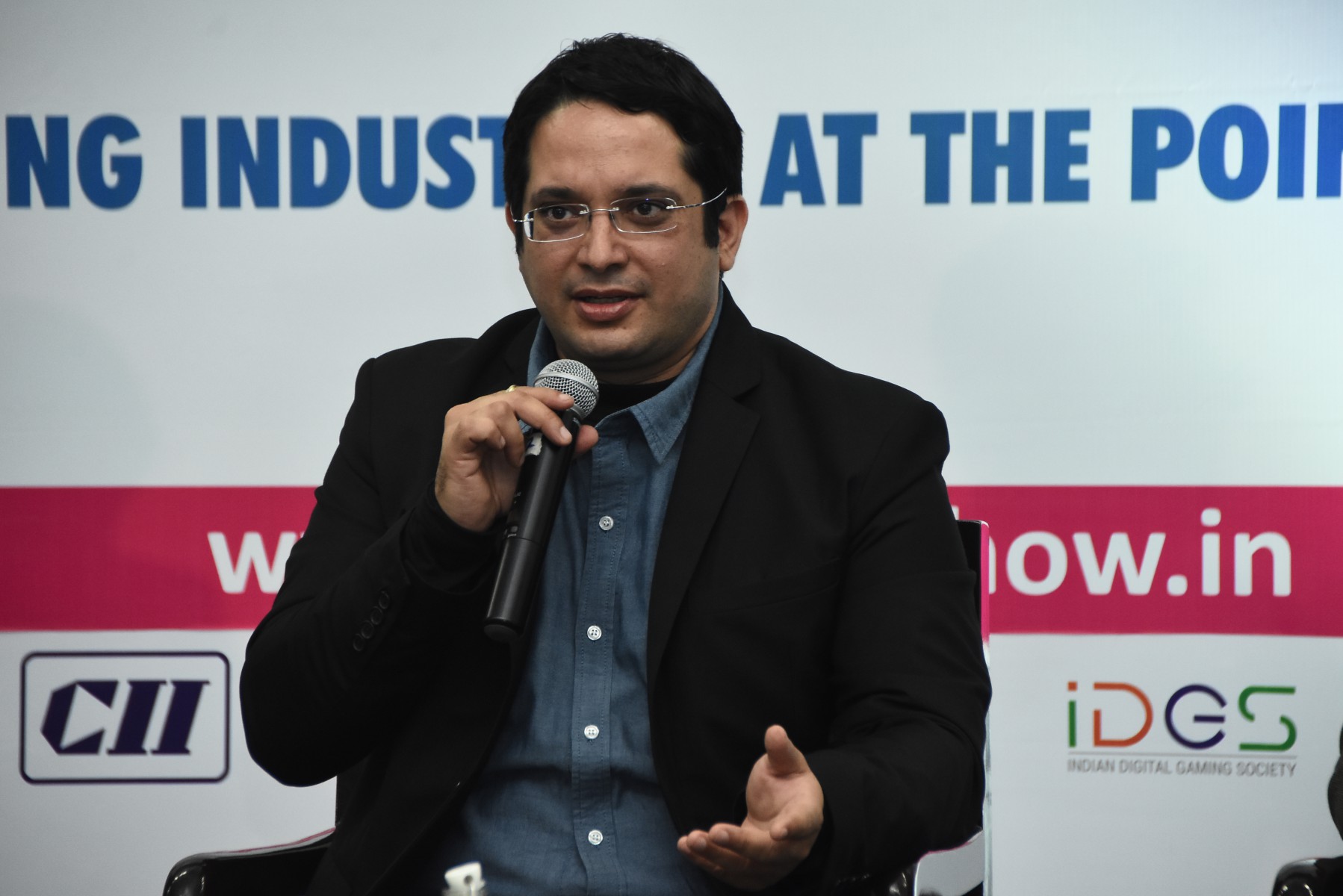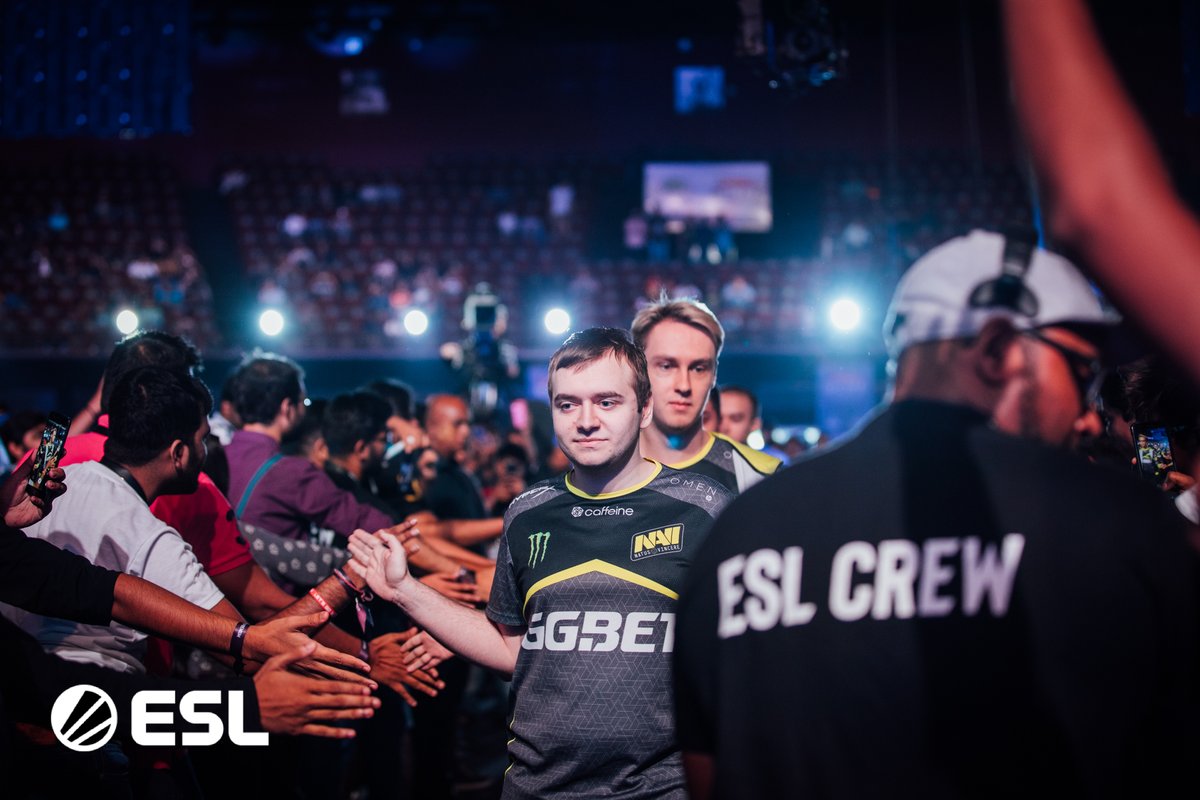In recent years, South Asia has positioned itself as one of the bigger mobile gaming markets. The now-banned PUBG Mobile helped usher in a new era of gaming and esports culture in the region.

Given the country’s majority-young population and existing socio-economic conditions, smartphone penetration and internet users are on the rise. There is little to indicate slowdown in the mobile gaming sector, with hyper-casual platforms thriving during the pandemic and esports titles like Free Fire and Call of Duty: Mobile on an upward trajectory.
RELATED: The top Indian and SEA esports business developments in January 2021
India’s shift from PC to mobile esports
In 2018 and 2019, stakeholders in India were still working primarily with PC esports. Dota 2 and CS:GO were the dominant titles. 2019 was the year PUBG Mobile established itself as king of the Indian esports space — marking a big shift in the perception of gaming and esports in India.
The title’s success was a mainstream hit and paved the way for investment, something PC titles could not achieve. PC esports operated in niche communities and growth in viewership was minimal across tournaments. As mobile gaming thrived, PC titles struggled to be relevant as tournament organisers, investors and orgs realised that to survive in India, mobile had to be the primary offering. In 2021, the release of VALORANT, coupled with the ban on PUBG Mobile, has somewhat helped the cause of PC titles, but whether it can sustain itself is an entirely different matter.
Akshat Rathee, Managing Director of NODWIN Gaming — one of the biggest esports agencies in India — shares his thoughts on the future of PC esports in India.
NODWIN Gaming: A unique perspective on esports in India
NODWIN Gaming is the biggest tournament organiser in the region. Outside of publisher-led tournaments, an estimated 60-75 percent of prize pools in India have been via tournaments that NODWIN are involved in. It also operates one of the oldest IPs in the country, the ESL India Premiership — a tournament that in many ways is the bread and butter of Indian esports.

Rathee explains that during roughly 2017 to 2018, esports in India was trying to be esports in the West. Everyone thought Twitch was the superior platform, and English broadcasts were the norm. “One of the big realisations has been that India is watching and interacting with gaming in Hindi and on YouTube and Facebook Gaming,” Rathee said.
Rathee attributes the rising popularity of PC titles to existing mobile content creators, who diversified their content since the ban on PUBG Mobile. “No one is a mobile viewer or a PC viewer. People are watching their favourite creators who are now playing PC games.”
Rathee also thinks a good percentage of gamers who play on the mobile today will be playing on PC soon. “Mobile gamers and PC gamers are not always separate sets. You have to look at things from a price-evolution perspective. Folks who are buying mid- to top-end smartphones today are likely to buy their first gaming PCs and laptops in a few years.”
VALORANT’s new-found popularity
The question of which PC titles work in India is still a mystery. Dota 2 was considered a title with significant market share, with India’s only tier-one international event to date being ESL One Mumbai in 2019. However, by 2020, most tournament organisers had dropped the title from their IPs, and now the game has all but vanished from Indian esports. Counter-Strike remains the most popular title in the region — its history as an esport, familiar gameplay and longevity being the primary reasons. Of late, VALORANT has exploded onto the scene, with the majority of big tournament organisers launching their own IPs.

But Rathee hasn’t yet bought in. “I think VALORANT in India is a fad,” he states. He points out that although VALORANT is the flavour of the month, when considering the bigger picture Counter-Strike has both higher viewership and bigger prize pools. “You can’t compare viewership in an esports broadcast to those in influencer-led activities and tournaments,” he said. Rathee’s belief is that VALORANT’s popularity stems from content creators and influencer-led activities, and not necessarily from esports.
Despite Rathee’s skepticism, the majority of big-name Counter-Strike players in India have shifted to VALORANT — either to start afresh in a new title or find international recognition. “I think what players and organisations are banking on is a publisher-led closed ecosystem like what Riot has with League of Legends, with fixed salaries, franchising and investment opportunities,” he said. But Rathee is unsure whether that will be Riot’s approach in the long run, or if it is, whether it will work.
PC titles still lag behind mobile
Given the viewership that titles like Free Fire and PUBG Mobile have had over the last year, PC viewership pales in comparison. So does it really make sense for brands to sponsor PC tournaments, and how does one pitch such a proposition to a brand? Rathee believes endemic brands are aware that their customer base is growing and are open to partnering with esports events, even if the reach for PC titles is lower. For a non-endemic sponsor, though, the story is entirely different. “Non-endemic sponsors are much more focused on reach and viewership. They don’t differentiate between PC and mobile. And really for the bigger non-endemic brands, it’s about the value mix and reaching a specific demographic through esports,” Rathee explained.
[primis_video widget=”5183″]
RELATED: The rise of fantasy esports and real-money gaming in India
While mobile is the go-to platform for the majority of Indian gamers, the PC market has evolved in the last few years with affordable products and conscious marketing from brands. There is a sense that PC gaming is on the rise, and it has translated into viewership for core PC content creators and esport broadcasts in the last year. However, it is still difficult to say in what shape, form or direction PC esports will progress in India, especially compared to popular mobile titles. Both tournament organisers and orgs have invested in PC esports since the ban of PUBG Mobile, and it will be interesting to see what trends the industry follows in 2021.
This story is written in collaboration with AFK Gaming. It is an India-based esports media and content company that aims to provide quality and consistent coverage about teams, players, tournaments and competitive video games with a primary focus on the Asian region.

